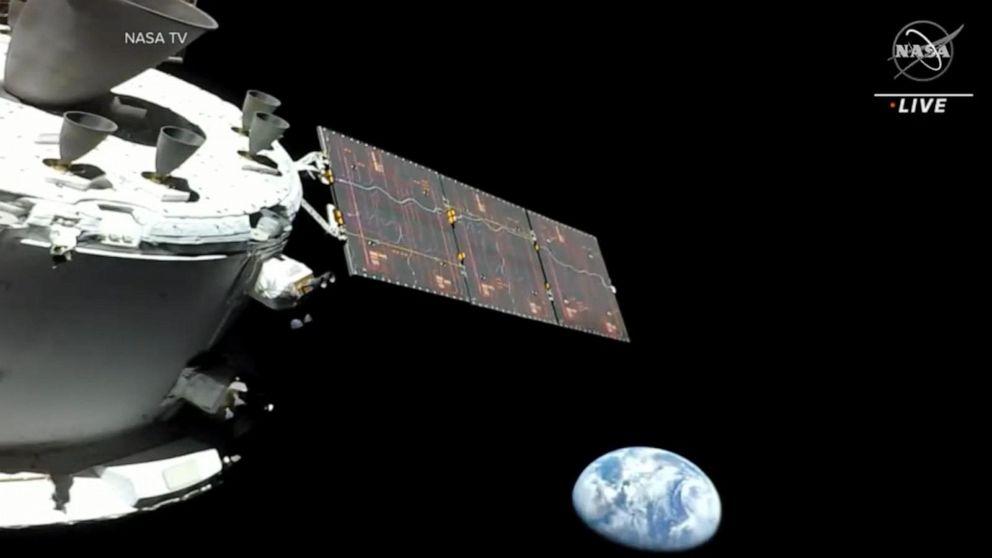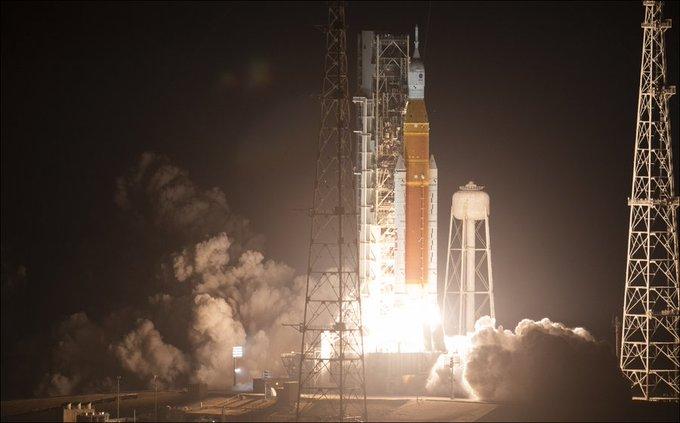NASA’s new Moon rocket blasted off on its debut flight with a few mannequins—but no astronauts—strapped into a crew capsule. This white, bell-shaped capsule, called Orion, has now embarked on a 25-day test flight that will take it around the moon and back. The approximately 1.2-million-mile trip will bring NASA one step closer to achieving its goal of returning humans to the lunar surface.
“For once, I might be speechless,” launch director Charlie Blackwell-Thompson told her team at Kennedy Space Center after they had sent the rocket on its way. “You have earned your place in history.” You’re part of a first. It doesn’t come along very often, maybe once in a career. “But we are all part of something incredibly special.”

The Orion capsule will orbit the moon, coming within about 80 miles of its surface, and its maximum distance from the Earth will be 268,553 miles—surpassing a record set by NASA’s Apollo 13 mission in 1970.
If everything goes as planned, the capsule will return to Earth faster and hotter than any human-rated spacecraft has ever done. It will splash down in the Pacific Ocean on December 11, off the coast of San Diego, Calif. And in just a couple of years, this massive rocket and the capsule could be blasting off with people on board.

The dramatic, long-awaited rocket launch, swathed in darkness, marked a major milestone for NASA, which is hoping to put the first woman and the first person of color on the lunar surface by 2025.
NASA last sent astronauts to the moon in December 1972, closing out the Apollo program. This time, it hopes to build a sustained presence, including a lunar space station, to help prepare for an eventual mission to Mars.


